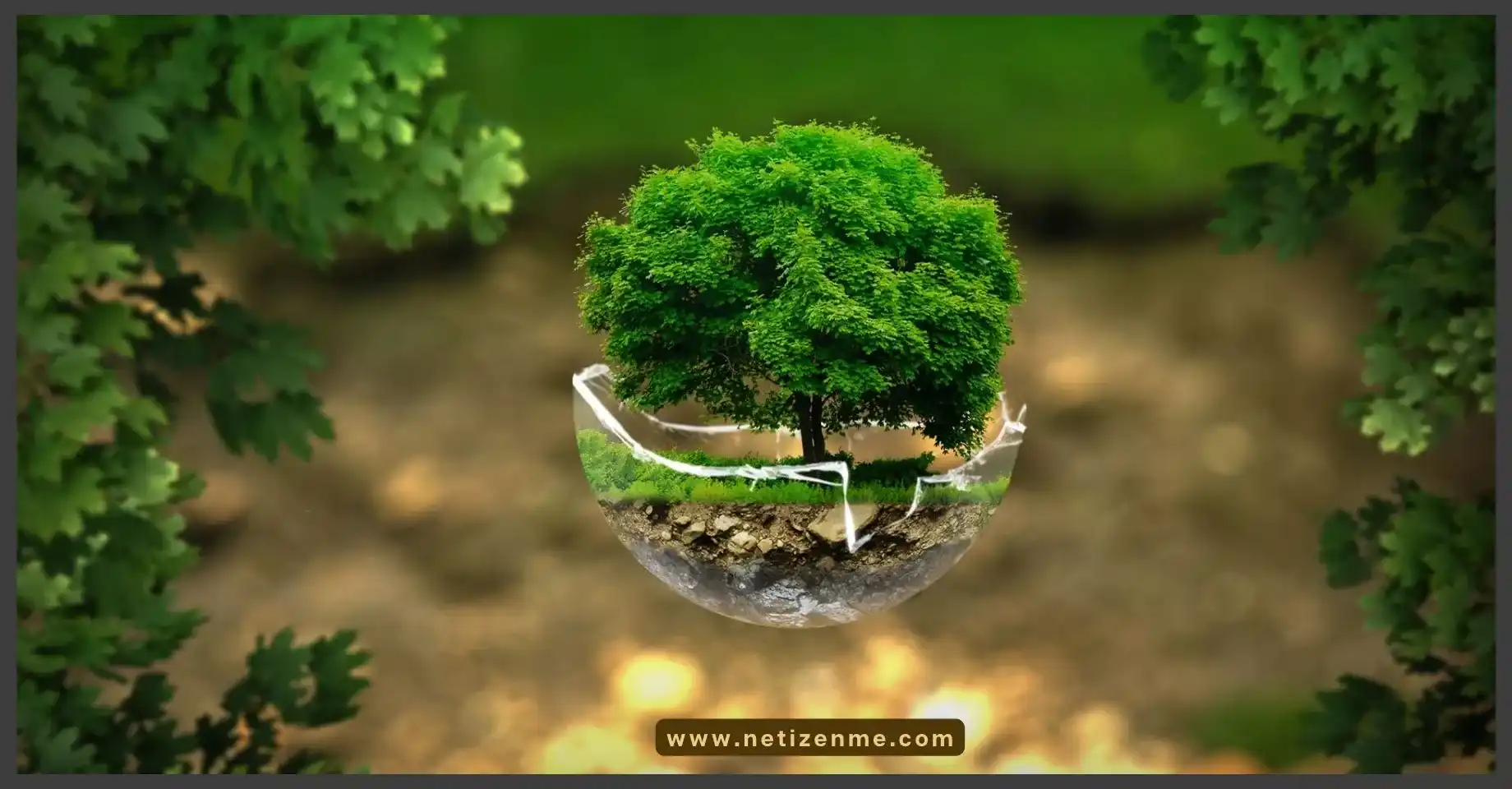In eukaryotic cells, various organelles work collaboratively to execute specific metabolic functions, creating distinct compartments within the cell. One such process involves the synthesis of proteins in the rough endoplasmic reticulum (ER) that are subsequently used to build the cell’s plasma membrane. This essay explores the intricate journey of Protein Synthesis and Membrane Integration in Eukaryotic Cells, shedding light on the organelles involved and the reasons behind the observed differences in the final protein.
Protein’s path from emergence from the mRNA to forming a part of the plasma membrane
Protein Synthesis in the Rough Endoplasmic Reticulum (ER):
- The process begins with the transcription of DNA into mRNA in the cell nucleus. The mRNA carries the genetic code for the synthesis of a specific protein.
- The mRNA exits the nucleus and enters the cytoplasm, where it encounters ribosomes attached to the rough endoplasmic reticulum.
- Ribosomes facilitate the translation of the mRNA code into a polypeptide chain, forming a protein. The rough ER provides a platform for these ribosomes, allowing for the synthesis of proteins destined for various cellular functions.
Protein Modification and Folding in the Golgi Apparatus:
- Once synthesized, the protein undergoes modifications in the rough ER, such as glycosylation and disulfide bond formation.
- The protein is then transported to the Golgi apparatus, another vital organelle in the endomembrane system.
- Within the Golgi apparatus, further modifications occur, including the addition of carbohydrates and the final folding of the protein into its functional three-dimensional structure.
- The Golgi apparatus also sorts and packages the proteins into vesicles for transport to their designated cellular locations.
Vesicular Transport to the Plasma Membrane:
- The modified and folded protein is enclosed in vesicles derived from the Golgi apparatus.
- These vesicles serve as carriers, transporting the protein towards the plasma membrane through the cytoplasm.
Membrane Integration and Protein Diversity:
- As vesicles approach the plasma membrane, they undergo fusion, releasing the protein into the extracellular space.
- The protein then becomes embedded in the plasma membrane, contributing to its structure and functionality.
- The observed differences in the protein between its synthesis in the rough ER and its incorporation into the plasma membrane can be attributed to post-translational modifications and selective transport mechanisms.
Post-Translational Modifications and Diversity:
- During its journey through the Golgi apparatus, the protein may undergo additional modifications that tailor its structure for specific functions.
- These modifications can include changes in glycosylation patterns, phosphorylation events, or the addition of lipid moieties.
- The diversity observed in the final protein within the plasma membrane arises from these post-translational modifications, allowing cells to fine-tune their responses and interactions.
Selective Transport and Cellular Functions:
- The specific transport of proteins from the Golgi apparatus to the plasma membrane is a highly regulated process.
- Certain proteins are selectively targeted to the plasma membrane based on signals present in their amino acid sequences.
- This selective transport ensures that proteins reach their designated locations, contributing to the functional specialization of different regions within the plasma membrane.
The Intricates of Protein Synthesis and Membrane Integration in Eukaryotic Cells
In conclusion, the journey of a protein from its synthesis in the rough endoplasmic reticulum to its integration into the plasma membrane involves intricate processes orchestrated by various organelles. The Golgi apparatus plays a crucial role in modifying, folding, and packaging proteins for transport, contributing to the observed differences in the final protein. Post-translational modifications and selective transport mechanisms add another layer of complexity, allowing cells to generate a diverse array of proteins with unique functions. Understanding these processes not only unveils the fascinating intricacies of cellular biology but also provides insights into the molecular basis of cellular diversity and functionality.
Sources:
Hermesh, O., & Jansen, R. (2013). Take the (RN)A-train: Localization of mRNA to the endoplasmic reticulum. Biochimica Et Biophysica Acta (BBA) – Molecular Cell Research, 1833(11), 2519–2525. https://doi.org/10.1016/j.bbamcr.2013.01.013
Parashuraman, S. (2023). Golgi and TGN. In Elsevier eBooks (pp. 223–233). https://doi.org/10.1016/b978-0-12-821618-7.00120-6
This article is written by:
Our professional writers and editors are passionate about sharing high-quality information and insights with our audience. We conduct diligent research, maintain fact-checking protocols, and prioritize accuracy and integrity to the best of our capacity.
You can cite our articles under the author name "Netizenme"




